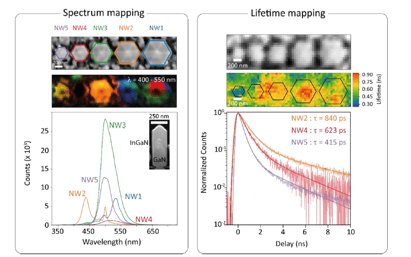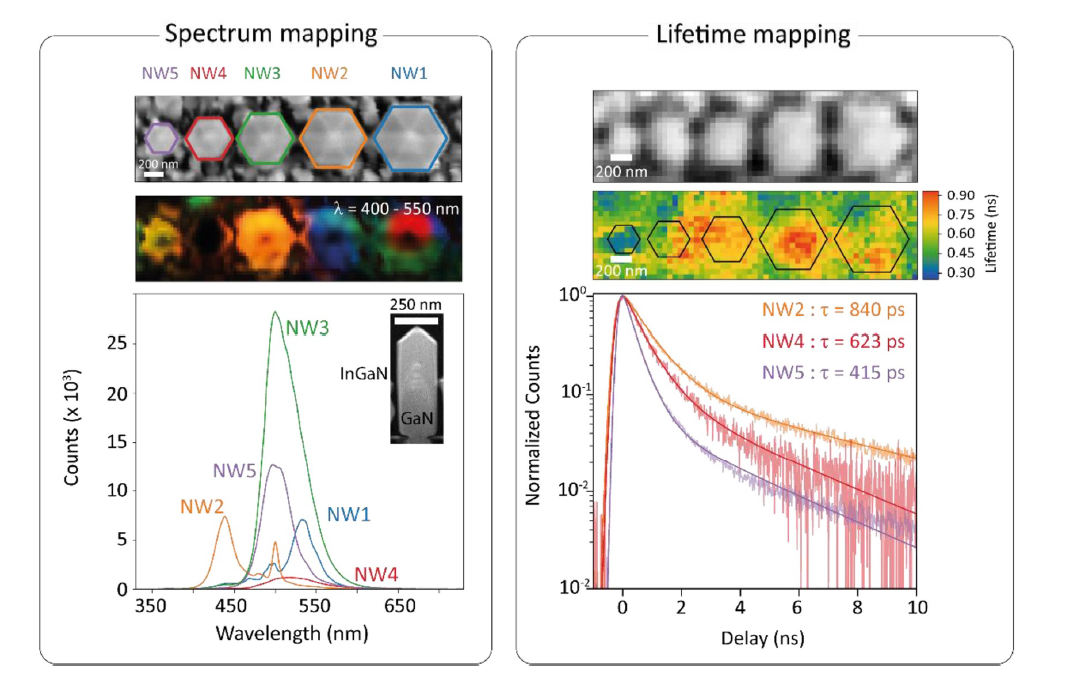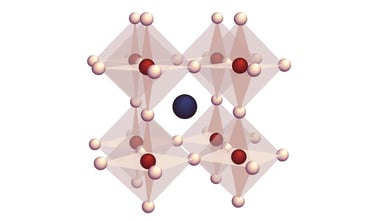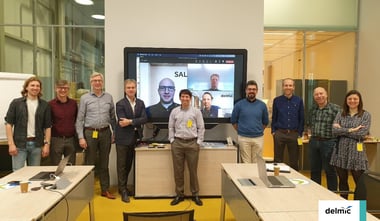 A new paper on "Complementary cathodoluminescence lifetime imaging configurations in a scanning electron microscope" was published by researchers from AMOLF, McMaster University, McGill University, the Max Planck Institute for the Science of Light, University of Michigan, Delmic and Thermo Fisher Scientific. The paper introduces an elaborate analysis and comparison of time-resolved techniques and characteristics.
A new paper on "Complementary cathodoluminescence lifetime imaging configurations in a scanning electron microscope" was published by researchers from AMOLF, McMaster University, McGill University, the Max Planck Institute for the Science of Light, University of Michigan, Delmic and Thermo Fisher Scientific. The paper introduces an elaborate analysis and comparison of time-resolved techniques and characteristics.
Cathodoluminescence (CL) spectroscopy is a powerful tool commonly used to characterize optical properties of materials. It is often necessary for the design and optimization of nanoscale optical materials and devices. Time-resolved cathodoluminescence, on the other hand, is a very new technique, which has only been explored in a few studies. It can provide essential information on the dynamics of the electron-beam induced optical excitation processes. The paper compares three time-resolved CL techniques. Two of the them allow to acquire CL lifetime (decay trace) using an pulsed electron beam generated with an ultrafast blanker or by photoemission from a laser-driven electron cathode. The third type of measurement, known as the second order autocorrelation function g(2) of the CL signal, can also be performed with a continuous electron beam. The paper demonstrates and discusses these three techniques and compares their advantages and disadvantages. The time-resolve techniques were tested and compared on a single-crystal gold substrate and bulk and nanostructured GaN with embedded InGaN quantum wells. The cathodoluminescence is collected by the SPARC system, a unique high-performance cathodoluminescence detection system.
To read the full article, please go here. If you would like to learn even more about time-resolved cathodoluminescence techniques, watch our latest webinar with one of the authors of the paper, Toon Coenen.
.png)






